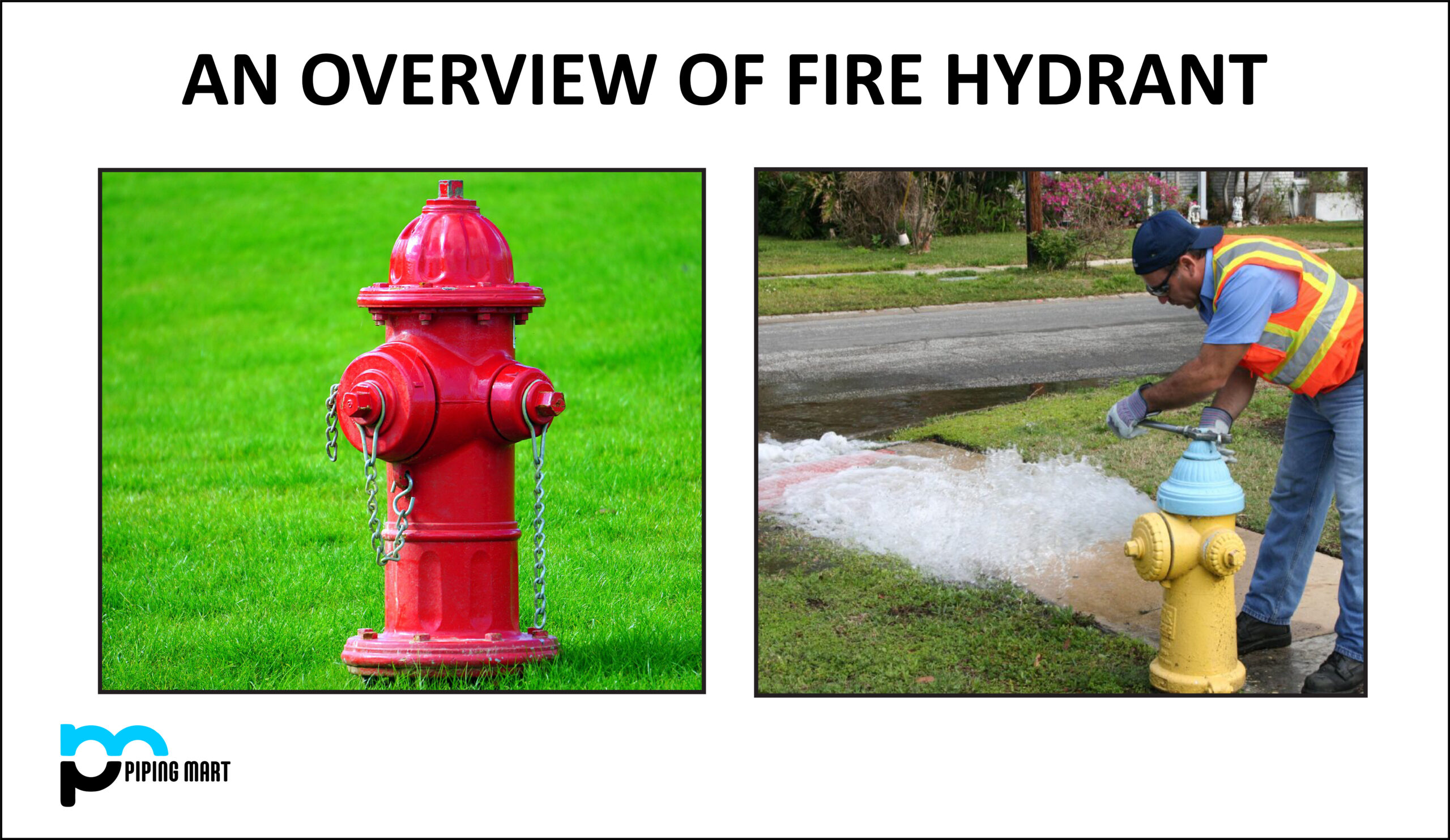A fire hydrant is a prominent fixture installed within or outside of a building, parking lot, industrial area, mine, or other location that is linked to a private or public water utility network. They are made to rapidly supply the water needed by firefighters to put out a fire. It is a pipe that permits water to flow from a water main under the control of a valve to put out a fire. A fire hydrant is a clearly marked connection point installed in specific locations to allow firemen to access a water supply.
Types of fire hydrant
Dry barrel and wet barrel are the two different kinds of fire hydrant systems. While the dry barrel fire hydrant needs a valve release to let water in, the wet barrel fire hydrant offers a constant flow of water. It is designed to provide instant access to water in the event of a fire. Independent systems known as “Fire Brigade Connections” provide firefighters with quick access to fire protection and operate similarly to building-specific fire hydrants. The NFPA, NBC, IS, TAC, FM, and municipal fire authorities, among other national and international organisations, provide rules and permission for hydrant systems.
- Wet barrel hydrant
In places where there is no risk of freezing, wet hydrants are frequently used. These kinds of fire hydrant systems provide the hydrant near the surface with water from the main. As a result, it can easily freeze in cold weather.
- Dry barrel hydrant
Using a dry hydrant system, the water is stored underground. The Earth’s temperature is often higher than the extremely cold surroundings in regions where it is extremely cold. The risk of freezing can be avoided thanks to this design. Firefighters open a valve on top of the hydrant to access the dry hydrant system when necessary, then they place their hose inside. In the hydrant, this causes the drain valve to open. In order to put out the fire, the firemen may now access water through this opening.
How do fire hydrant work?
There are numerous locations with various fire hydrant systems, each with a different set of valves and connection points. Firefighters locate fire hydrants, connect their hoses, and then pump a significant quantity of pressurised water to put out the flames. Using a certain pentagonal wrench, the valve cover of the hydrant is removed. After connecting the hoses, the firefighters open the valve to let the water flow.
They typically have a connecting point to attach a fire hose to and a nut or bolt to turn on to start the flow. All fire hydrants are only connections to the main water line. The ground beneath the hydrant valve is connected to it by a riser pipe. On the other hand, ordinary hydrants have no effect on the flow or pressure of the water. They function as valves, enabling firefighters to make advantage of the water lines’ preexisting pressure. All of this might seem simple, but a fire hydrant’s actual workings are more intricate and region-specific.
Components of fire hydrant
- Couplings
- Hose Reel
- Piping
- Wiring & Instrumentations
- Hoses
- Fire Fighting Pumps & Accessories
- Landing Valves
- Maintenance Valves
- Branch Pipes & Nozzles
- Panels
- Fire Brigade Connections
Color coding of fire hydrant
All fire hydrants are color-coded according to NFPA guidelines. These colors represent the operation’s anticipated flow. Typically, the fire hydrant top crowns are painted. The common colours are shown in the following table:-
| Flow | Color coding | Meaning |
| <500 GPM | Red | Low flow, inadequate |
| 500-999 GPM | Orange | Marginally adequate |
| 1000-1500 GPM | Green | Good for residential purpose |
| >1500 GPM | Light blue/blue | Very good flow, suitable for industrial applications |
Thus , the fire hydrant extinguishing system is particularly efficient and ideal for a variety of plants, high-rise structures, and commercial complexes.

Pipingmart is B2B portal specializes in industrial, metal and piping products. Also, share latest information and news related to products, materials and different types grades to help business dealing in this industry.




